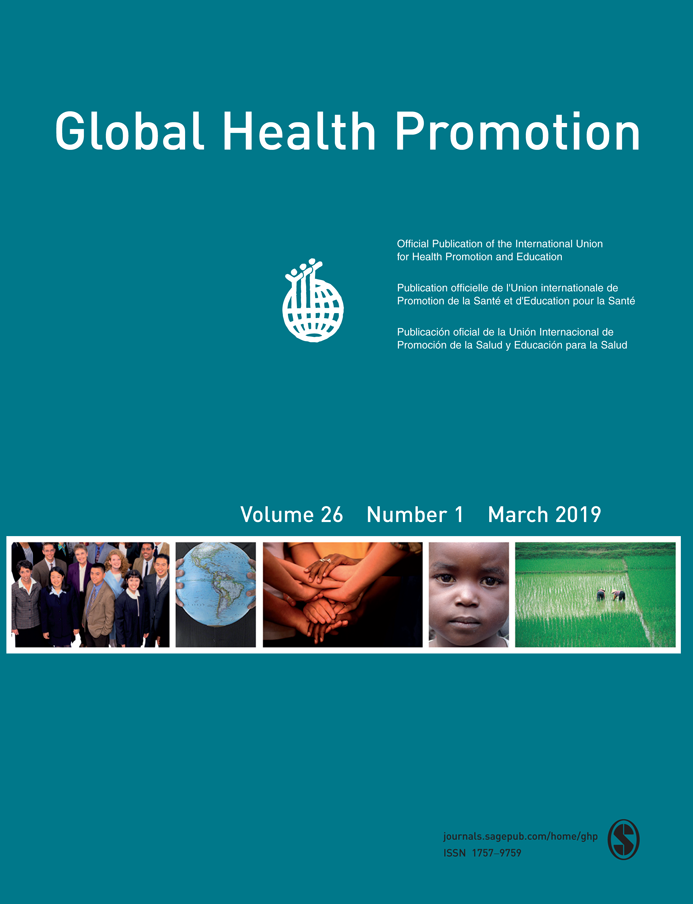‘I don’t want to be that guy walking in the feminine product aisle’: a Photovoice exploration of college men’s perceptions of safer sex responsibility
Abstract
Get full access to this article
View all access and purchase options for this article.
References
Cite
Cite
Cite
Download to reference manager
If you have citation software installed, you can download citation data to the citation manager of your choice
Information, rights and permissions
Information
Published In
Keywords
Authors
Metrics and citations
Metrics
Publication usage*
Total views and downloads: 1587
*Publication usage tracking started in December 2016
Publications citing this one
Receive email alerts when this publication is cited
Web of Science: 8 view articles Opens in new tab
Crossref: 8
- Health Experiences of Women University Students of Color and Women International Students in the United States During the First Year of the COVID-19 Pandemic: Findings From a Transnational, Virtual Photovoice Study
- The impact of gendered scripts on chlamydia and safe-sex on young Australian men and women’s performance of gender and sexual responsibility
- Contraceptive Decision-Making Among Young College Men and Women in Ethiopia: Results of the Qualitative Study
- Exploring What Influences Heterosexual College Men and the Practice of Safe Sex: The Power of Stigma and Community
- Research Engagement in a Virtual World: Strategies for Maintaining the Power and Impact of Photovoice Research Online
- Human papillomavirus vaccination: coverage rate, knowledge, acceptance, and associated factors in college students in mainland China
- Strategic Silence: College Men and Hegemonic Masculinity in Contraceptive Decision Making
- Examining HPV Awareness, Sexual Behavior, and Intent to Receive the HPV Vaccine Among Racial/Ethnic Male College Students 18–27 years
Figures and tables
Figures & Media
Tables
View Options
Access options
If you have access to journal content via a personal subscription, university, library, employer or society, select from the options below:
loading institutional access options
IUHPE members can access this journal content using society membership credentials.
IUHPE members can access this journal content using society membership credentials.
Alternatively, view purchase options below:
Purchase 24 hour online access to view and download content.
Access journal content via a DeepDyve subscription or find out more about this option.




